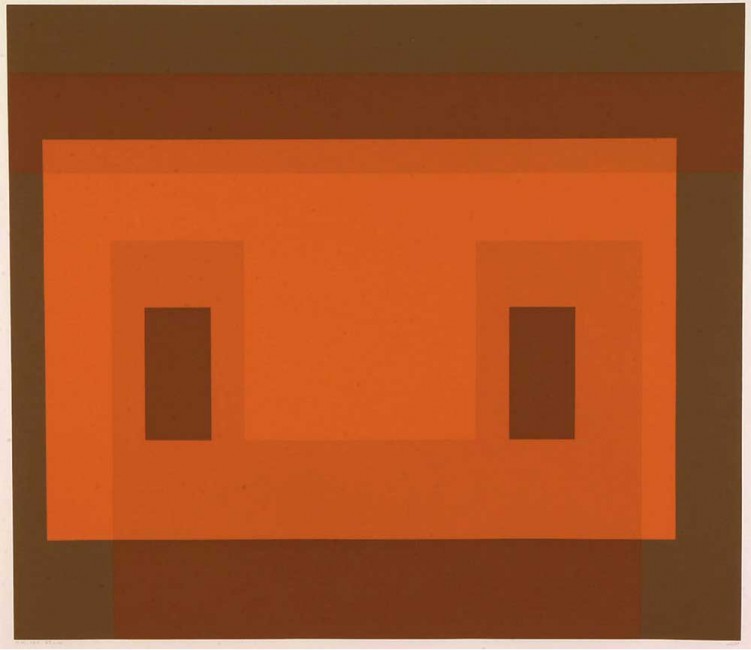Abstraction: From A to B
Abstract thinking and creating were hallmarks of the Bauhaus — the innovative school for art, design, and architecture that opened in Weimar, Germany, in 1919 and closed in Berlin in 1933, under pressure from Germany’s Nazi government. It was among the most influential art schools of the 1900s.
Josef Albers and Herbert Bayer began as students at the Bauhaus, became two of its esteemed professors, and subsequently fled to the United States when the school closed. As an abstract painter and theorist, Josef Albers simplified forms to their essential geometries and immersed himself in the science of color. By contrast, Herbert Bayer took his artistic cues from nature and his works express its organic energy through their evocative colors and pulsating play of dark and light.
For groups interested in learning more about the artwork on view in this exhibition, please request a European Art Collection tour and request in the notes that the exhibition be included as part of the tour.
